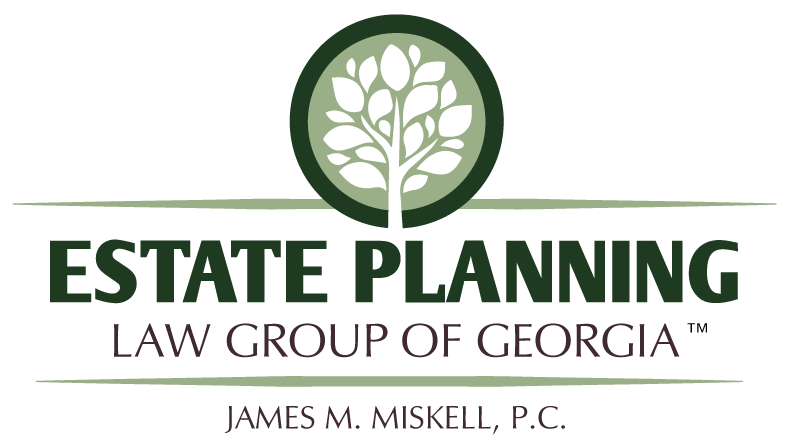Donor-advised funds have become the hot thing for philanthropists who have grown weary of foundations.
To run the charitable foundation is to have absolute control and discretion over the charity, its goals, its practices, and all the decisions regarding where the money is to go. While this can be richly rewarding, it can be exhausting. Now there is a popular alternative to a full foundation and a move to collapse back into what is known as a donor-advised fund. That noted, there are some tricks to the transfer and limitations to the fund worth understanding.
If you or your family run a charitable foundation and are considering this alternative, The Wall Street Journal had a few points to consider in a recent article titled “Risks to Consider With Donor-Advised Funds.”
First, what is a donor-advised fund? Unlike a foundation that is run much like a business, a fund is much more like an investment vehicle run by an expert. As the name suggests, donors give to the fund and then advise it how to ultimately donate the money it takes in. There are some ways to more carefully form the fund so as to grant greater or lesser control. Ultimately, however, it is simply a different kind of animal than a foundation.
It also means that there are far fewer administrative burdens (especially on you as the donor), far fewer fiduciary requirements, fewer taxes, and greater privacy. The original article has a helpful chart you might peruse to understand the differences.
So what are the problems? First, to transfer from a foundation to a fund means coming to terms with the new benefits and shortcomings of the fund, and that may be a family activity. Second, the transfer will mean winding up the foundation and this ought to be done with care. State regulations can affect how to wind up the foundation, or how and when to give notice that you are doing so, so there is a bit of red tape. Then there are the foundation assets themselves. What if some of the assets are illiquid or otherwise difficult to move? Indeed, you need to at least leave enough assets in the foundation to let it get through the expenses involved in the windup.
There are a few more issues addressed in the original article, and even more besides that may affect your particular foundation and/or assets. These are certainly issues to think about, but for many the message is also that there are options out there if the foundation has gotten out of hand. Either way, how does the foundation or the donor-advised fund fit into the overall plan?
For more information about estate planning, please visit our website.
Reference: The Wall Street Journal (April 13, 2014) “Risks to Consider With Donor-Advised Funds”

Recent Comments